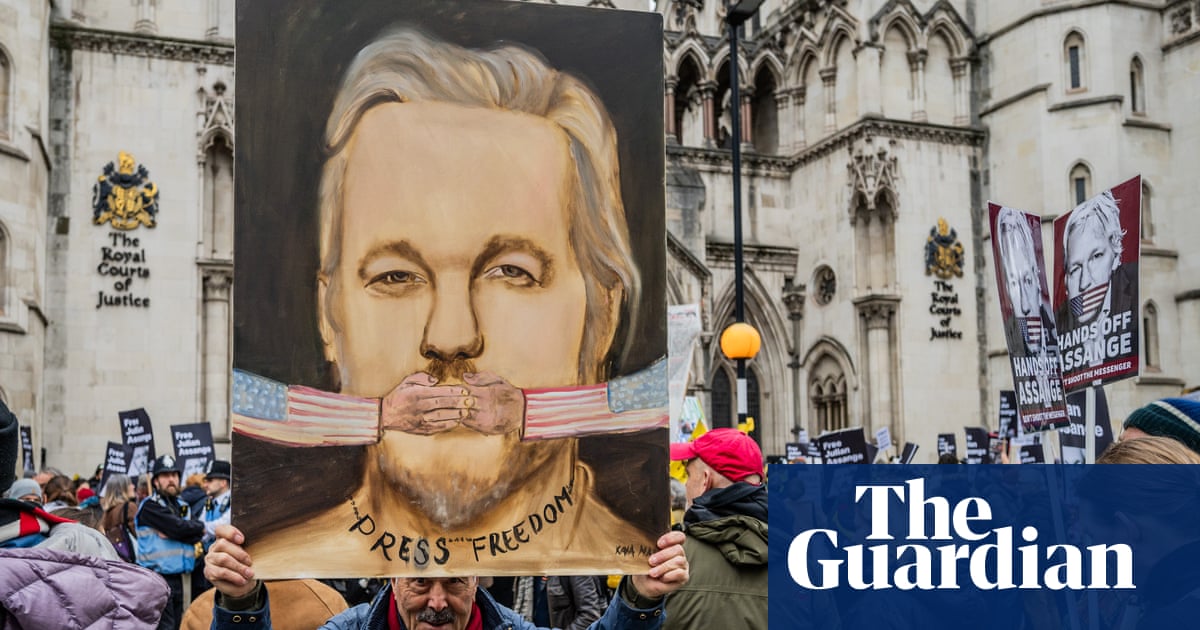
NEW YORK, April 14 (Reuters) - Bernard Madoff, a onetime Wall Street kingpin who admitted to running the largest known Ponzi scheme in history, died in a North Carolina prison, where he was serving a 150-year sentence.
The following are key dates in the prosecution of Madoff, examinations of why he was not caught sooner, and efforts to recoup billions of dollars for his victims.
Dec. 11, 2008: Madoff is arrested, after confessing to his sons that the asset management side of his firm, Bernard L. Madoff Investment Securities LLC, was a giant Ponzi scheme that prosecutors have estimated was as high as $64.8 billion.
December 2008: A trustee, Irving Picard, is appointed to liquidate Madoff’s firm and recoup money for former customers, who he estimates lost $17.5 billion. Picard files more than 1,000 lawsuits against accused enablers, and against people he says withdrew more money from Madoff’s firm than they put in.
March 2009: Madoff pleads guilty to 11 felony charges including securities fraud, wire fraud, money laundering and perjury, and is jailed. He had been free on $10 million bond.
June 2009: Madoff is sentenced to 150 years in prison and ordered to forfeit $170.8 billion, representing proceeds of and property in his crimes. The sentencing judge, Denny Chin, calls Madoff’s crimes “extraordinarily evil.” Madoff’s wife Ruth, who was not accused of wrongdoing, is given $2.5 million.
July 2009: Madoff arrives at the federal prison in Butner, North Carolina, where he will spend the rest of his life.
September 2009: The U.S. Securities and Exchange Commission’s inspector general faults the agency for missing numerous “red flags” of Madoff’s fraud.
December 2010: Madoff’s eldest son Mark Madoff, 46, commits suicide in his Manhattan apartment. Madoff’s only other child, Andrew Madoff, dies in September 2014 of cancer at age 48.
December 2010: Picard sues JPMorgan Chase & Co, Madoff’s main bank, for $6.4 billion, saying it enabled Madoff’s fraud.
January 2011: A bankruptcy judge approves a $7.2 billion settlement with the estate of Florida investor and former Madoff friend Jeffry Picower, the largest single recovery obtained for Madoff’s victims. The estate provides $5 billion for Picard to distribute, and forfeits $2.2 billion to the U.S. government.
October 2011: Picard begins payouts to former Madoff customers with an initial $312 million distribution.
November 2013: The U.S. government sets up a $2.35 billion Madoff Victim Fund, which is funded mainly with money from the Picower settlement. Former SEC Chairman Richard Breeden is appointed to oversee the fund.
January 2014: JPMorgan agrees to pay $2.6 billion to settle with Picard and the U.S. government. Some of this money goes to the Madoff Victim Fund, which grows to $4.05 billion.
November 2014: Picard’s recoveries surpass $10 billion.
June 2015: The U.S. Supreme Court declines to hear Picard’s appeal from a lower court’s refusal to let him try to recoup more than $4 billion from some Madoff customers.
June 2017: The estates of Mark and Andrew Madoff and related defendants reach $23 million of settlements with Picard.
November 2017: The Madoff Victim Fund begins payouts.
February 2020: Madoff asks for compassionate release from prison. His lawyer says Madoff suffers from terminal kidney failure and other ailments and has fewer than 18 months to live.
June 2021: Judge Chin denies compassionate release.
April 2021: Picard has reached more than $14.4 billion of settlements, and paid out more than $13.5 billion on 2,654 allowed claims. The Madoff Victim Fund has paid out almost $3.2 billion to more than 36,800 individuals and entities.
April 14, 2021: Madoff dies. (Reporting by Jonathan Stempel in New York; editing by Edward Tobin)












